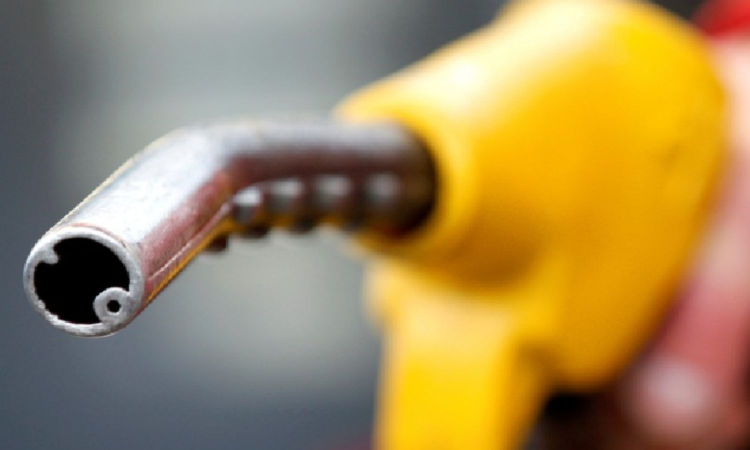Editorial: Ethanol blending fuelling hopes
A biofuel derived from sustainable sources, ethanol plays an important role in meeting the country’s energy needs, while offering substantial environmental benefits.

India’s clean energy initiative has notched up an important victory relating to ethanol blending in petrol, that too, five years ahead of the set target. The central government has rightly claimed credit for achieving the 20% ethanol blending in petrol this year. Concerted efforts to promote ethanol as a fuel for a sustainable future have borne fruit. A biofuel derived from sustainable sources, ethanol plays an important role in meeting the country’s energy needs, while offering substantial environmental benefits.
The Centre should be credited for initiating a slew of measures that helped achieve the ethanol-blended petrol (EBP) target, with the Pradhan Mantri JI-VAN Yojana playing a pivotal role. These include boosting ethanol production capacity by providing financial support to factories and an upward revision of procurement price, which makes it not only viable but also an attractive business proposition. Secondly, with the supply pipeline in place, it was relatively easier to get the oil marketing companies to sell EBP. The ethanol production capacity crossed 1,500 crore litres, of which nearly 1,000 crore litres came from molasses-based distilleries and the rest from distilleries that predominantly used grains. Likewise, ethanol blending by OMCs rose from 38 crore litres in 2013-14 to over 700 crore litres in 2023-24.
The government claimed it to be a win-win situation. On the one hand, it boosted the agricultural sector and on the other reduced dependence on crude oil imports, saving valuable foreign exchange. The sugar mills could use the revenue from ethanol sales to clear arrears owed to farmers. According to government data, as the sugar mills earned over Rs 94,000 crore from ethanol over a decade, the public sector oil marketing companies (OMCs) saved over Rs 1.13 lakh crore in foreign exchange. Crude oil substitution was about 193 lakh metric tonnes.
The EBP programme has not been without its share of challenges, and the Centre has been struggling to resolve them. To deal with excessive dependence on sugarcane for ethanol, it incentivised the use of maize as a source of biofuel. The increased demand for maize resulted in shortages and rising prices, making it difficult for other consumers, such as poultry breeders. The second and bigger challenge was at the user end of EBP – the automobile owners. The government should heed the critics of EBP who have been complaining that the end consumer has not benefited in terms of lower prices — passing on a portion of the benefit to consumers could help. Meanwhile, owners are apprehensive of the adverse impact EBP could have on the lifespan of the vehicle. This could put an additional financial burden on them. The new-generation vehicles are expected to fix this in the coming years.
The then-UPA government, doing its bit by promoting a nationwide 5% EBP programme, had faced several hurdles. It was the subsequent NDA governments that correctly identified and fixed the issues, achieving stupendous results. Though the government says it has no plans to increase EBP beyond the present 20% level, experts argue that if it were to increase in the next phase, it will face formidable challenges in terms of addressing systemic issues. Achieving success in the next phase, therefore, will be the real test of the government’s capabilities.



